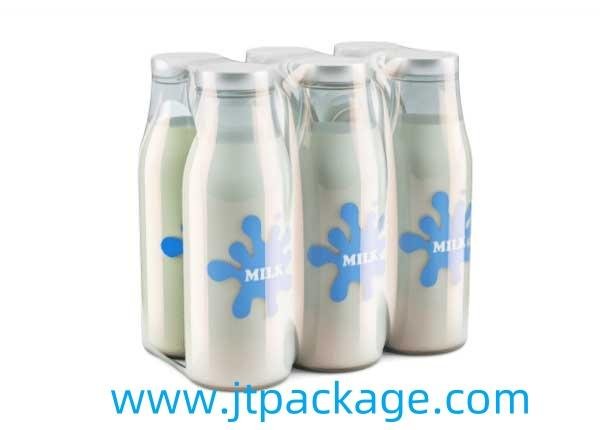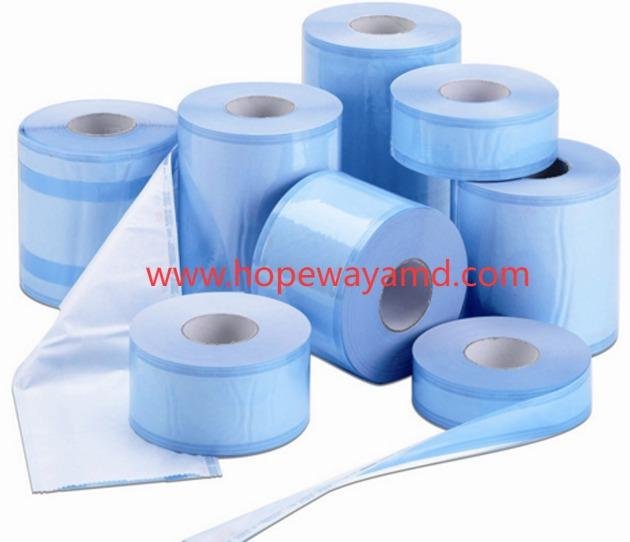Rising Demand in Coatings Strengthens Polymer Dispersion Market
Polymer dispersion refers to a system where polymer particles are uniformly distributed within a continuous phase, typically a liquid. This colloidal system is pivotal in various industrial applications, including coatings, adhesives, and biomedical devices. The primary advantage of polymer dispersions lies in their ability to form films without the need for solvents, thereby reducing volatile organic compound (VOC) emissions and enhancing environmental sustainability.
The process of creating polymer dispersions involves several key steps. Initially, monomers are polymerized in a medium that is a good solvent for the monomer but a non-solvent for the polymer. This ensures that as the polymerization progresses, the polymer chains precipitate out, forming discrete particles. Stabilizers, often surfactants or block copolymers, are employed to prevent these particles from aggregating, maintaining the dispersion's stability.
One of the significant benefits of polymer dispersions is their versatility. They can be engineered to have specific properties by adjusting factors such as particle size, surface charge, and the nature of the stabilizing agents. This tunability allows for the design of materials with desired characteristics, such as enhanced adhesion, water resistance, or flexibility.
In the coatings industry, for instance, polymer dispersions are utilized to produce waterborne paints and coatings. These formulations offer several advantages over traditional solvent-based systems, including lower toxicity, reduced fire hazards, and easier cleanup. Moreover, the ability to control the dispersion's properties enables the development of coatings with tailored performance attributes, such as improved durability or specific gloss levels.
In summary, polymer dispersion is a crucial technology that underpins the development of environmentally friendly and high-performance materials. Its applications span multiple industries, and ongoing research continues to expand its potential, making it a cornerstone of modern material science.







